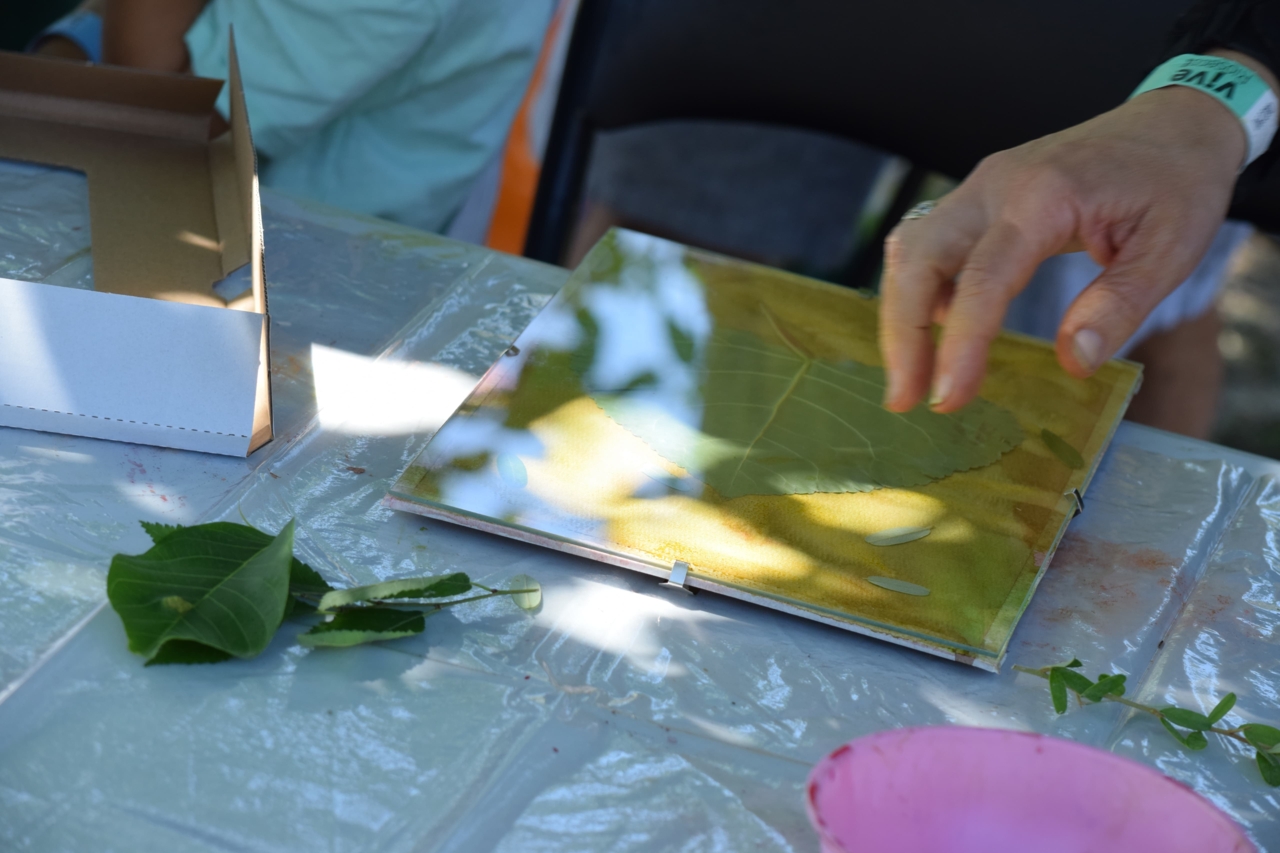Anthotype Printing
Environmental Education Guide

IMG-20250801-WA0010.jpg
Environmental Education Guide: Anthotype Printing
- Target Audience: Ages 3 and up (with adult supervision)
- Recommended Number of Participants: 5 participants per instructor
- Activity Duration: 90 minutes + 1 day for drying
- Recommended Season: Any time of year
Participants will take a walk in their surroundings to collect plant materials. They will then make prints using the selected materials and a natural dye that they will help prepare.
Anthotype is a photographic technique that uses the photosensitive qualities of certain plant pigments—the same pigments that give plants their color. Photosensitivity refers to the ability of some plant pigments to degrade and change color when exposed to sunlight. This characteristic and its potential for use in printing were discovered in the early 19th century.
With this activity, participants will observe how photosynthetic pigments work while using their imagination to create different compositions using plant extracts. It's a great opportunity for them to learn how to create art from natural materials.
The second part of the activity involves identifying some of the plants simply by comparing their leaves with those on local trees. This helps raise awareness of the biodiversity in their immediate environment.
- Social & Stakeholder
- Landowners & Practitioners
- Social and cultural values

